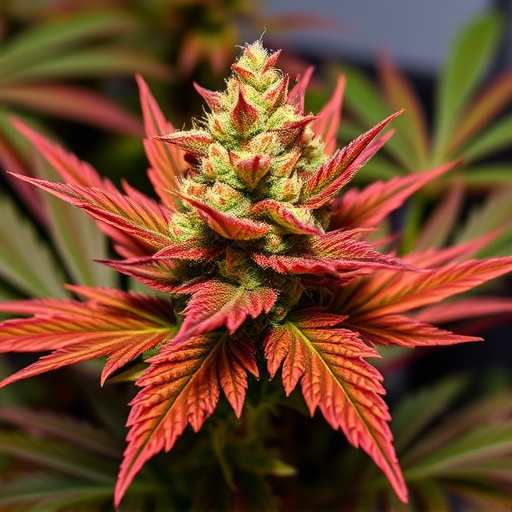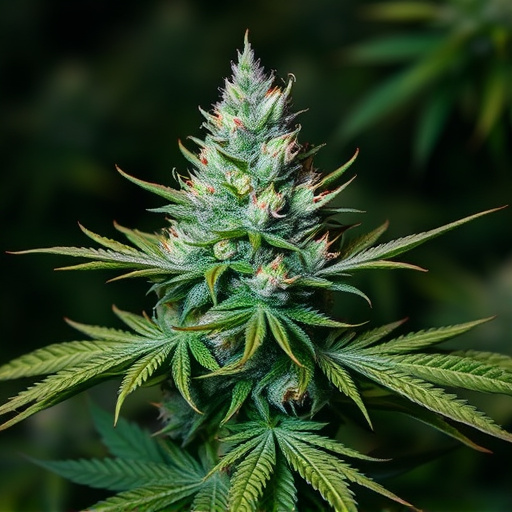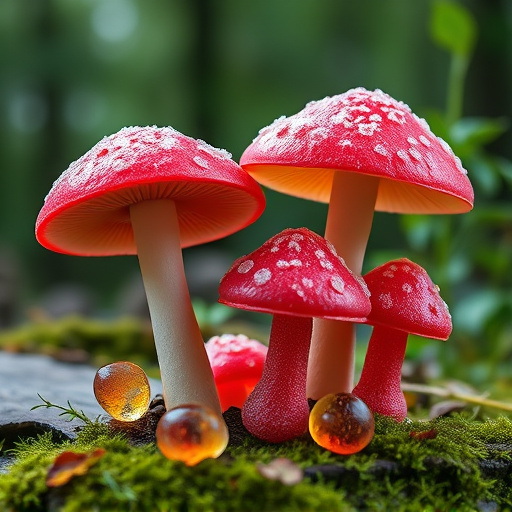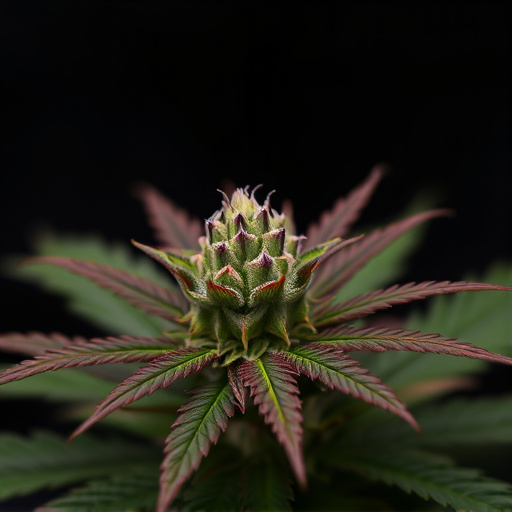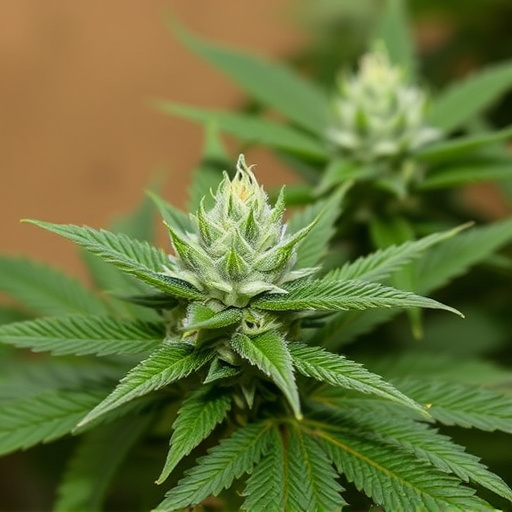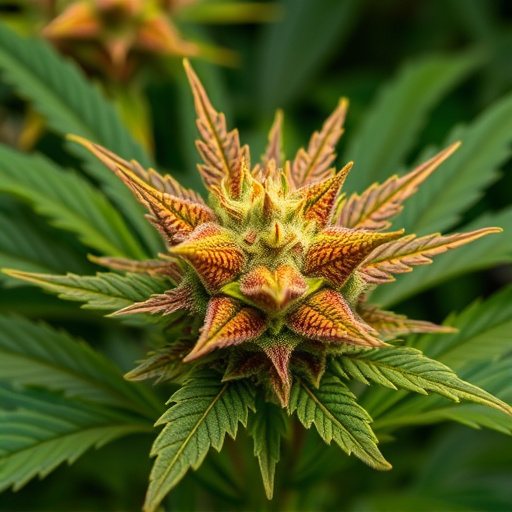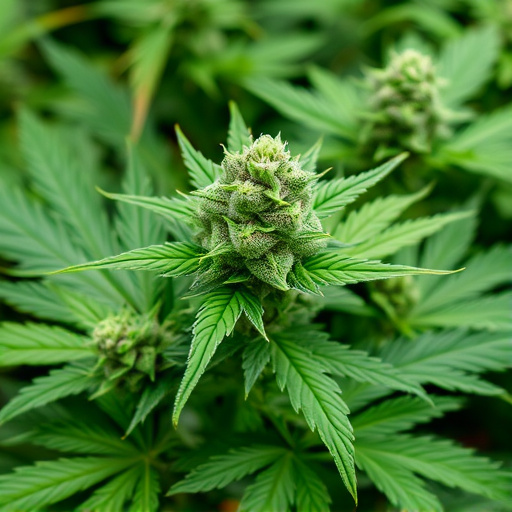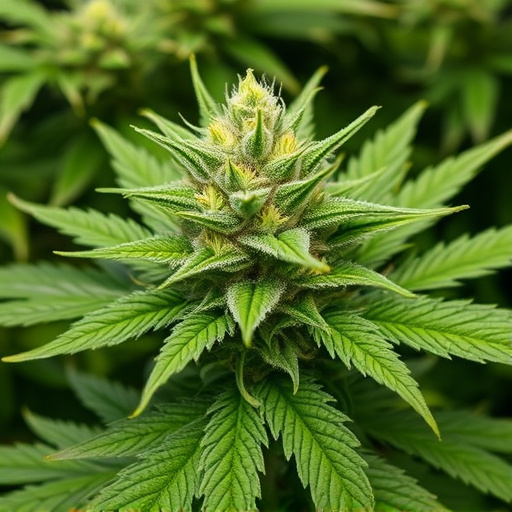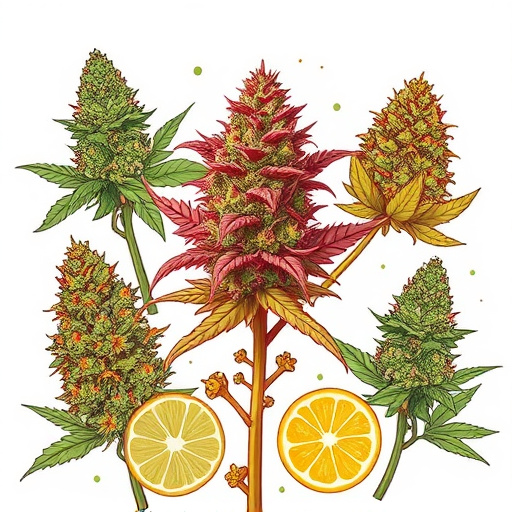Landrace strains like Moroccan, Thai, and Afghani sour cannabis varieties are culturally significant, historically adapted, and genetically diverse. Their preservation ensures access to ancient genetic diversity for modern cultivation while honoring traditional practices. Sour cannabis strains, known for their unique aromas and therapeutic benefits, offer insights into terpenes and cannabinoids, aiding in natural remedies. Cultivating landraces is crucial due to climate change threats, preserving biodiversity and ecological balance. These authentic varieties serve as a foundation for creating new hybrids, contributing significantly to the evolution of scientific and artistic cultivation practices in the cannabis industry.
Landrace strains, with their deep historical roots, carry immense cultural significance and offer unique therapeutic benefits. This article explores why these ancient plants are crucial, focusing on the historical and cultural importance of landraces, their potential in unlocking specific medicinal properties, such as those found in sour cannabis strains, and their role in preserving biodiversity for future cultivation. Discover why preserving these rare varieties is vital for both heritage and healing.
- The Historical and Cultural Significance of Landrace Strains
- Unlocking Unique Therapeutic Properties: Sour Cannabis Strains
- Preserving Biodiversity: Why Landrace Strains Matter for Future Cultivation
The Historical and Cultural Significance of Landrace Strains
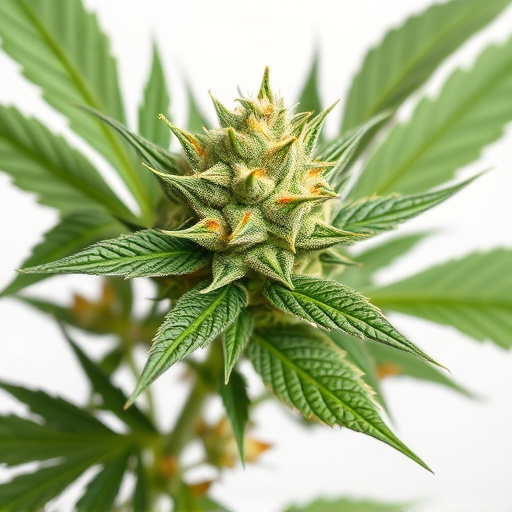
Landrace strains hold immense historical and cultural significance, offering a window into the past of cannabis cultivation. These varieties have evolved over centuries within specific geographic regions, developing unique adaptations to local climates and environments. Each landrace strain tells a story, passed down through generations of farmers and communities, who have meticulously selected and bred these plants for their desirable traits. From the bustling markets of North Africa to the mountainous regions of Asia, sour cannabis strains like Moroccan, Thai, and Afghani have been celebrated for their potent effects, distinct aromas, and unique cultural associations.
The preservation of landrace strains is a tribute to our collective cannabis history, ensuring that these ancient varieties remain accessible for modern cultivation and enjoyment. Their cultural importance extends beyond the mere act of smoking; they are deeply rooted in traditional practices, medicine, and social gatherings. By recognizing and valuing these landraces, we not only celebrate diversity but also contribute to the ongoing evolution of cannabis cultivation, preserving a vital part of our shared botanical heritage for future generations.
Unlocking Unique Therapeutic Properties: Sour Cannabis Strains
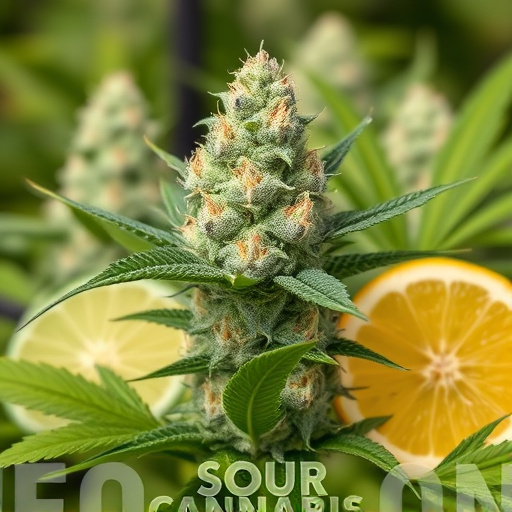
Sour cannabis strains, known for their distinct aroma and flavor profiles, hold a special place in understanding and harnessing the therapeutic potential of landrace genetics. These varieties, often cultivated over generations in specific geographic regions, have evolved to showcase unique chemical compositions that set them apart from hybridized or modern cultivars. By studying sour strains, researchers gain insights into the diverse chemical compounds present in cannabis, including terpenes and cannabinoids.
The therapeutic properties attributed to sour cannabis strains are vast. They have been associated with providing relief for various ailments, such as chronic pain, inflammation, and anxiety. The unique interplay of these compounds offers a more nuanced approach to medicine, where the whole plant’s effects go beyond what can be achieved through isolated chemicals. Unlocking the secrets of these landrace strains allows for a deeper exploration of cannabis’ potential as a natural remedy.
Preserving Biodiversity: Why Landrace Strains Matter for Future Cultivation
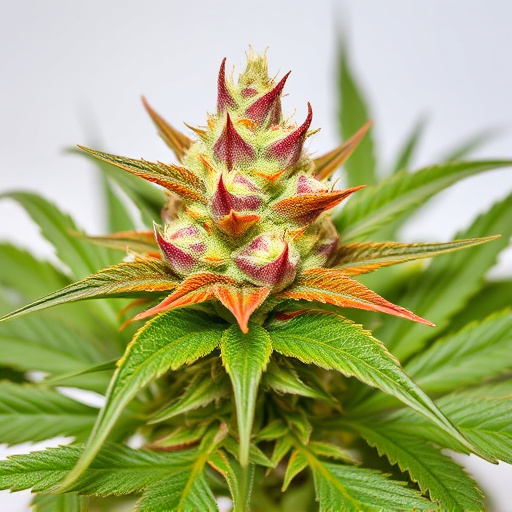
Landrace strains, with their deep roots in specific geographic regions, play a pivotal role in preserving biodiversity within the cannabis plant species. These authentic, unaltered varieties have evolved over centuries, adapting to their local environments and developing unique characteristics. By cultivating and safeguarding landrace strains, we ensure a genetic diversity that is essential for future cultivation. This is particularly crucial in an era where climate change and other factors threaten natural habitats, potentially disrupting the intricate balance of cannabis ecosystems.
The value of landrace strains extends beyond ecological significance; they offer cultivators a wealth of knowledge and options. Each landrace has its own distinct flavors, aromas, and effects, contributing to the rich tapestry of sour cannabis strains. This genetic diversity is a treasure trove for breeders looking to create new hybrids, allowing them to blend desired traits while preserving the integrity of the original landraces. Thus, landrace strains serve as the foundation for innovation in the cannabis industry, ensuring that both the science and art of cultivation continue to evolve.
Landrace strains, with their rich historical and cultural backgrounds, offer a unique glimpse into the past of cannabis cultivation. These strains, often known for their distinct sour aromas and therapeutic benefits, play a vital role in preserving biodiversity. By studying and conserving landraces, we can uncover new medicinal properties and ensure a diverse genetic pool for future cultivators. The importance of these ancient strains lies in their ability to provide both cultural value and innovative solutions in the field of cannabis research.
